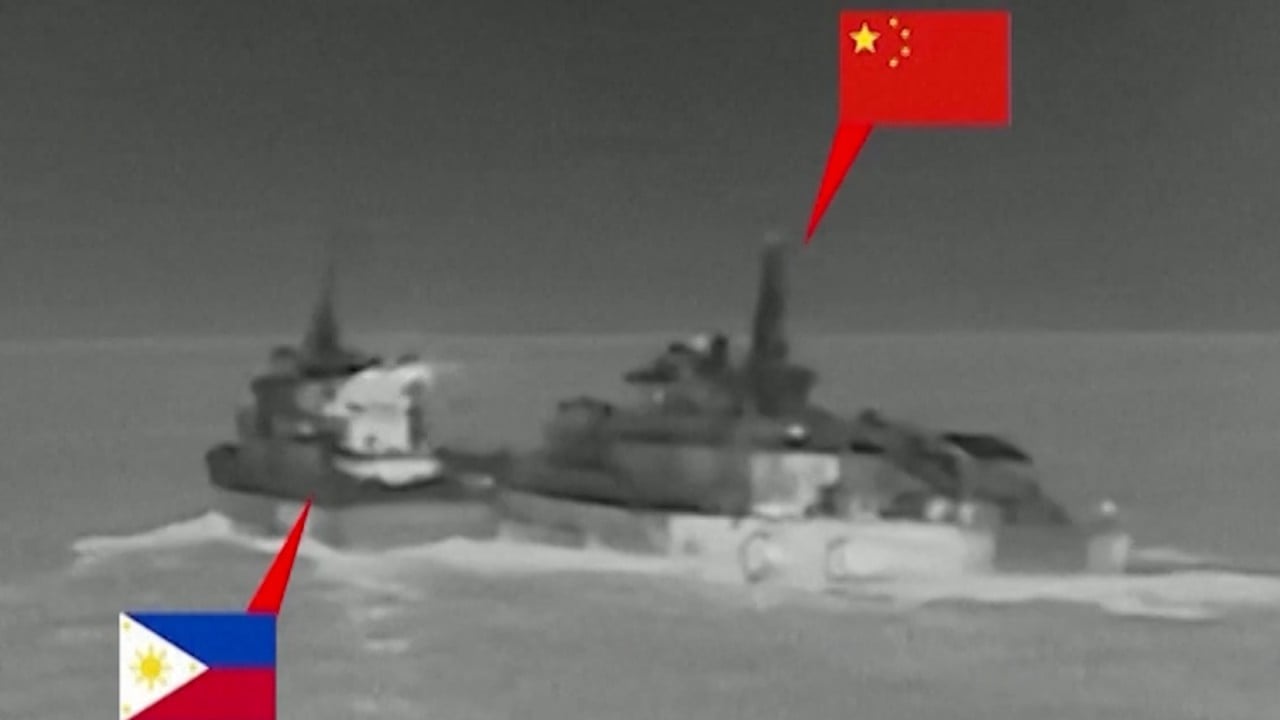As South China Sea stakes ratchet ever higher, Vietnam seeks out calmer waters

Bamboo, known for its ability to bend without breaking, lends its name to Vietnam’s diplomatic approach – reflecting the flexibility at the heart of the nation’s foreign policy.
“The reality is that bamboo diplomacy, with the country’s studious neutrality, has been very successful for it, so why would you change it?” said Zachary Abuza, a Southeast Asian security expert at the National War College in Washington. “I think you’re going to see very much what we’ve seen the past couple of years.”
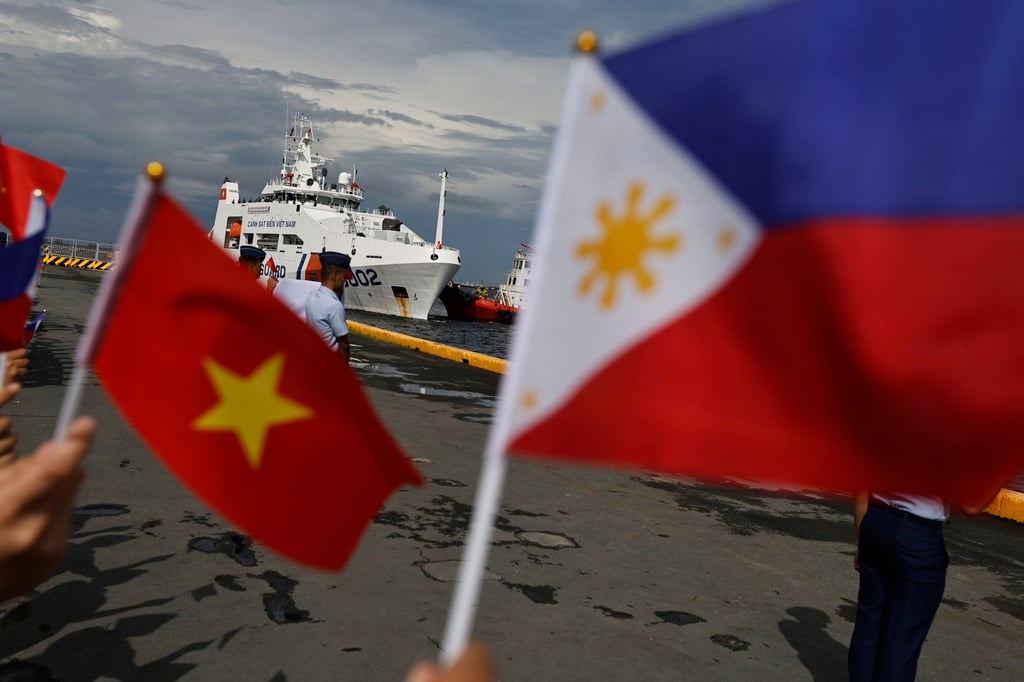
Trials at sea
While careful diplomacy has served Vietnam well so far, competing claims in the South China Sea threaten to increasingly strain its crucial economic and political ties with Beijing, experts warn.
Vietnam is required to be resolute in principle to protect sovereignty, while also requiring flexibility and ingenuity
“Vietnam is required to be resolute in principle to protect sovereignty, while also requiring flexibility and ingenuity in the negotiation process,” explained Le Dang Doanh, a retired senior economic adviser to five Vietnamese prime ministers.
In other words, Hanoi will continue to firmly assert its territorial claims, but do so through discrete diplomacy rather than confrontation.
This contrasts with the more assertive posture of the Philippines, noted the National War College’s Abuza.
“[Vietnam’s] strategy is largely based on condemning Chinese actions with very little in the means of raising the costs for China,” he said. “I think the Philippines understands that if no costs are imposed, why would China ever stop what they’re doing? And that’s just something the Vietnamese are not willing to do.”
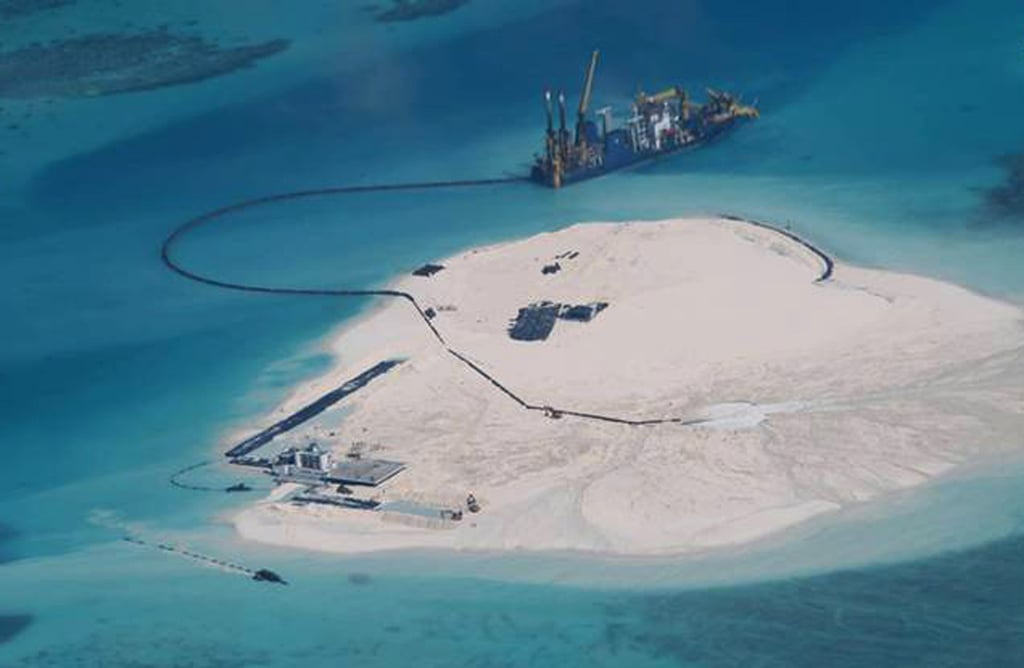
Interests aligned?
At the heart of Vietnam’s complex maritime disputes with its northern neighbour are the Spratly and Paracel island chains, which alongside several oil and gas fields within the country’s internationally recognised exclusive economic zone, have been a constant source of tension.
China has also controlled the entirety of the Paracels since capturing them from the old South Vietnamese regime in 1974.
“Vietnam’s strategy is to make official protest when [China] violates its sovereignty and sovereign jurisdiction and to monitor China’s actions,” said Carl Thayer, an emeritus professor at the University of New South Wales and an expert on Vietnam – describing Hanoi’s policy towards maritime disputes as one of “cooperation and struggle”.
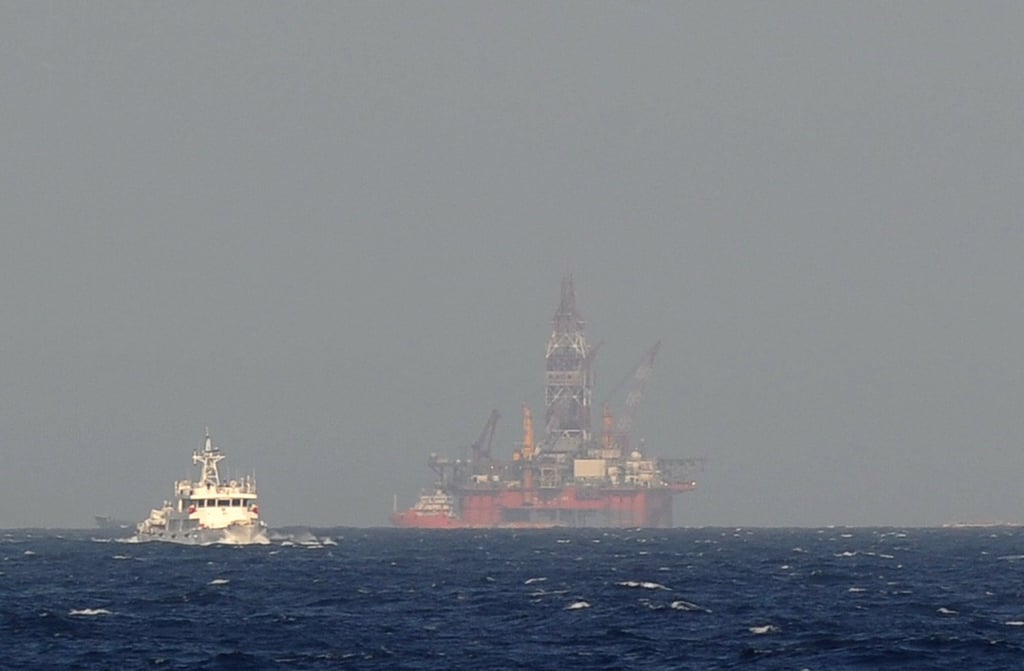
“Before then, Vietnam focused mostly on self-help efforts to modernise its navy and coastguard, while detaching the disputes from the overall bilateral relationship with Beijing to take advantage of close economic ties,” said Tran Bich, an adjunct fellow at the Centre for Strategic and International Studies in Washington.
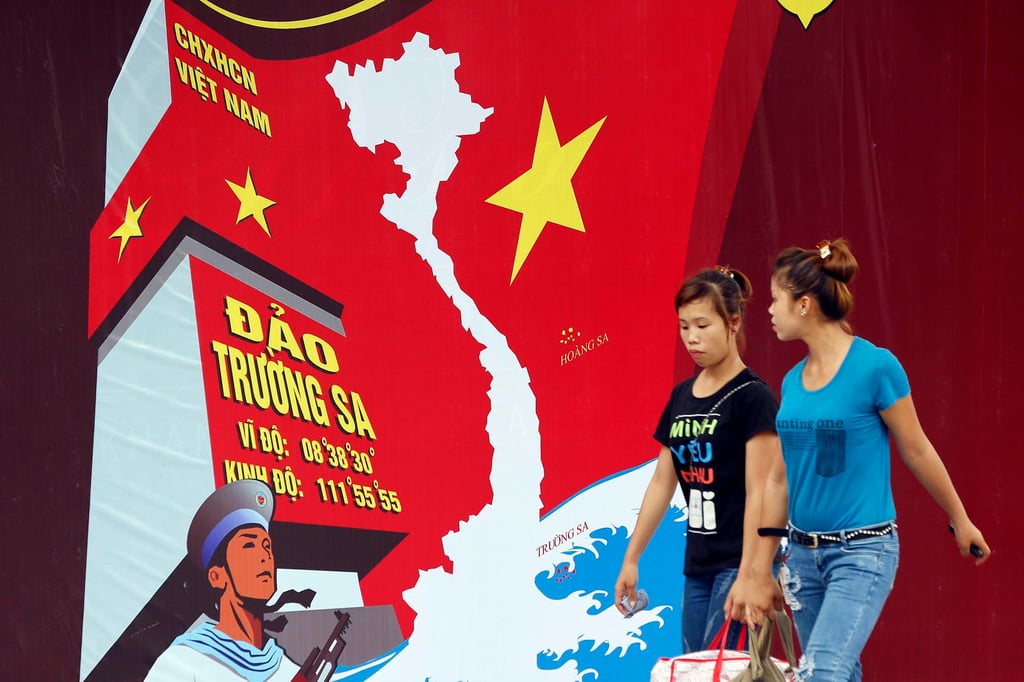
“Vietnam will continue to detach the South China Sea disputes from the overall relationship with China if [Hanoi’s ruling Communist Party] thinks the situation is manageable,” Bich said.
The two communist neighbours have managed to largely compartmentalise tensions, leveraging deep party-to-party ties that provide important communication channels to manage incidents at sea while prioritising their lucrative economic partnership.
“Party-to-party ties in the form of high-level exchanges, theoretical seminars, hot lines, and low-level exchanges are extremely important for the overall bilateral relationship,” Thayer said.
Trade between the two countries reached some US$171 billion last year – and as economic quarrels between China and the US have deepened, Vietnam has emerged as a new base for Chinese firms looking to bypass punitive American tariffs by shifting operations.

Insiders estimate Vietnam has absorbed around 60 per cent of China’s lost trade with the US, much of it in the form of Chinese-manufactured goods.
China’s economic and military leverage over Vietnam is formidable, yet alienating Hanoi is not in Beijing’s best geopolitical interests – as the Vietnamese are keen to point out, said Doanh, the retired government adviser and a Communist Party member.
“I hope that the relationship between the two parties, along with Vietnam’s bamboo diplomacy, will help the two sides maintain tactical stability in the near future,” he said.
The future
“Foreign policy has been set by the [Vietnamese Communist Party’s] Central Committee,” said Abuza of the National War College, emphasising Hanoi’s collective decision-making process. “It was never set by Nguyen Phu Trong … the reality is that he really didn’t care about foreign policy, he was domestically focused.”
Thayer said Lam, a former public security minister and long-standing member of the Central Committee, was expected to continue this well-established approach.
“Vietnam and China play a game of cat and mouse in the South China Sea but refrain from letting these encounters escalate,” Thayer said, adding that Hanoi purposefully deploys its coastguard rather than its navy to monitor Chinese activities – in contrast to the Philippines’ more confrontational stance.
“The Philippines has an alliance treaty with the US to protect its sovereignty, so the Philippines has taken a very bold and determined attitude,” Doanh said.
Vietnam’s carefully calibrated response is driven in part by a desire to avoid antagonising China on multiple fronts. Beijing tends to avoid moving against more than one rival claimant at a time to dilute the prospects of a united approach to this festering territorial sore.
Yet Doanh admits he is concerned. “I am worried about the possibility of escalating tensions in the East Sea as well as the possibility of war in the long term,” he said, referring to the South China Sea by its Vietnamese name.
“As we know, when China has internal problems that need to be resolved, they use force to seek some victory from outside or reduce tensions inside.”
